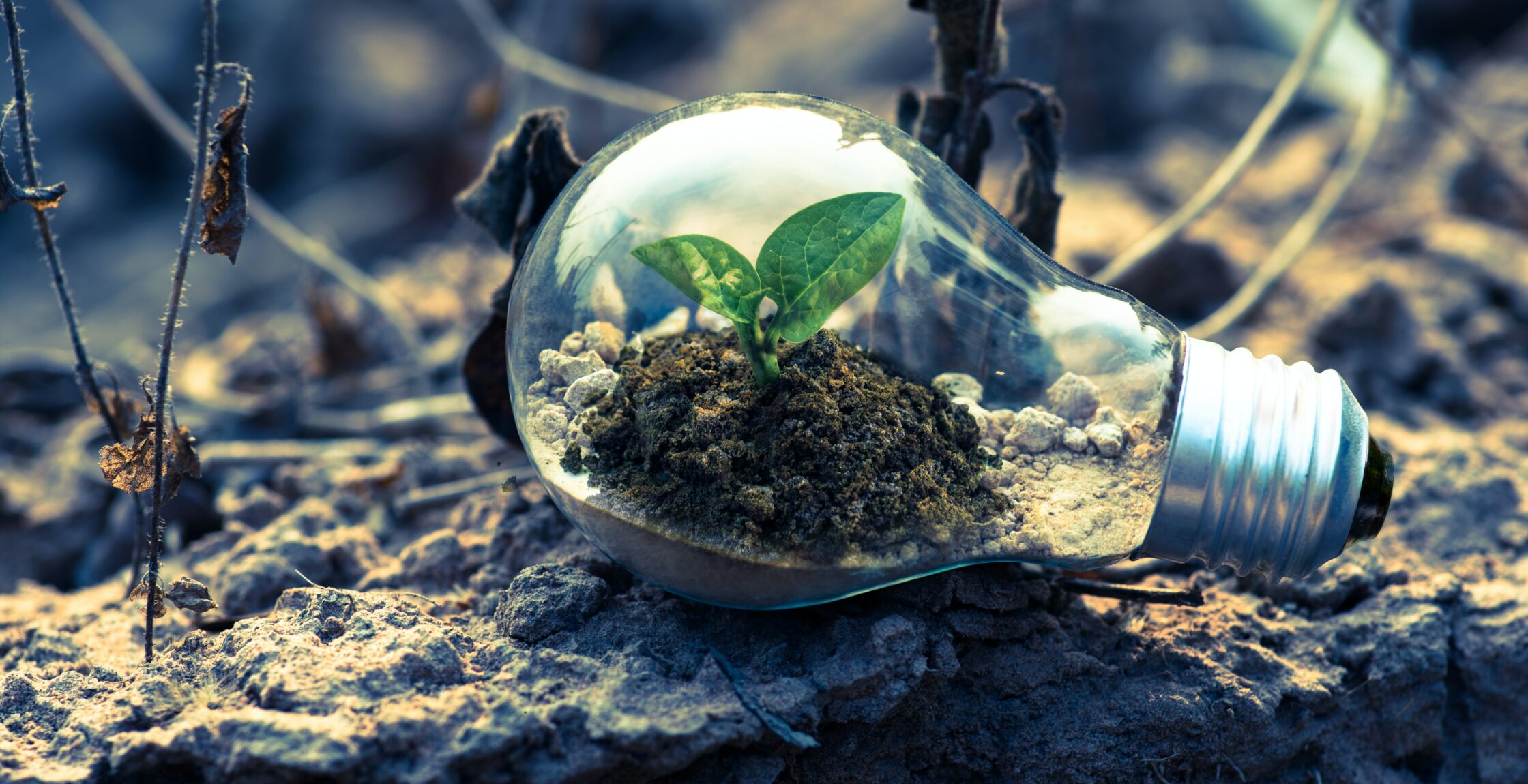Home Mattress Recycling
Need to recycle your old mattress?
Our sister company, The Mattress Recycling People, can take care of it!

Business is changing. There has been a global shift to focus on more sustainable ways of working to help preserve the planet and reduce the ongoing impact of our consumption.
A circular economy is the practice of creating a product that can hold value beyond its original purpose, whether it can be recycled or rejuvenated to ensure the life cycle goes on and on. Through a circular economy, products can be created that are fit to be used and reused in many different forms, and most importantly, diverted away from landfill.
With these principles, businesses can extract the maximum value from products while in use, then recover and regenerate products and materials at the end of each service life.
This not only helps to preserve the planet and its finite resources, but can boost profits and meet growing customer demand.
It’s important to start by looking at your existing business model, highlighting the areas which will be challenging to change or easily adapted with a more sustainable approach. Take a detailed look at all areas of your business from your supply chain and waste management to transportation and core materials. This informs a new strategy that enables you to look for innovations to help implement robust changes that work both for you and the planet.
Don’t change everything at once. Do in depth research and consider making small changes and reviewing the impact these make on the company as you go. Trying to make your existing business model completely sustainable in one go can cause major disruption to your company, and in most cases your customers will understand this is a long term process – they won’t expect or need a complete overhaul straight away.
There are four stages within the design process:
When utilising this design process within a circular economy, it’s really important to undertake significant research at the beginning of the project. This allows you to understand the consumer and how the product is used and the environmental challenges that need fixing before building and launching your product to market.
Most things are designed with a linear business model in mind, which means business leaders need to change the way they think about how their products can be redesigned to be reused or recycled.
Can you create your product to a high standard while reducing the amount of materials used and waste produced? Once the life of that product is over, can it be reused or recycled into something else? These are all crucial questions to ask when trying to redesign your business to fit circular economy principles.
Developing a robust and clearly defined circular economy strategy will enable you to transition from your current business strategy as smoothly as possible.
A circular economy strategy will underpin sustainability in your business and operations, providing a roadmap to help you deliver your new product or service to the market.
Before developing your new strategy, it’s key to ask yourself and your team these main questions:
Seeking advice and support from experts is a great way to begin this process, which can often feel quite daunting.
The Furniture Recycling Group CEO and Founder, Nick Oettinger has decades of experience and knowledge on implementing circular economy principles and has helped a range of businesses to achieve their sustainable goals.
Discover their sustainable stories via our case studies.
"*" indicates required fields
Need to recycle your old mattress?
Our sister company, The Mattress Recycling People, can take care of it!
X